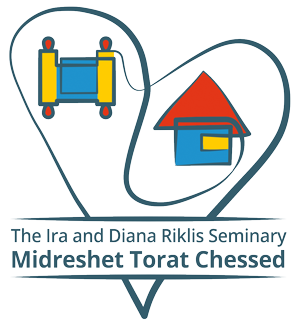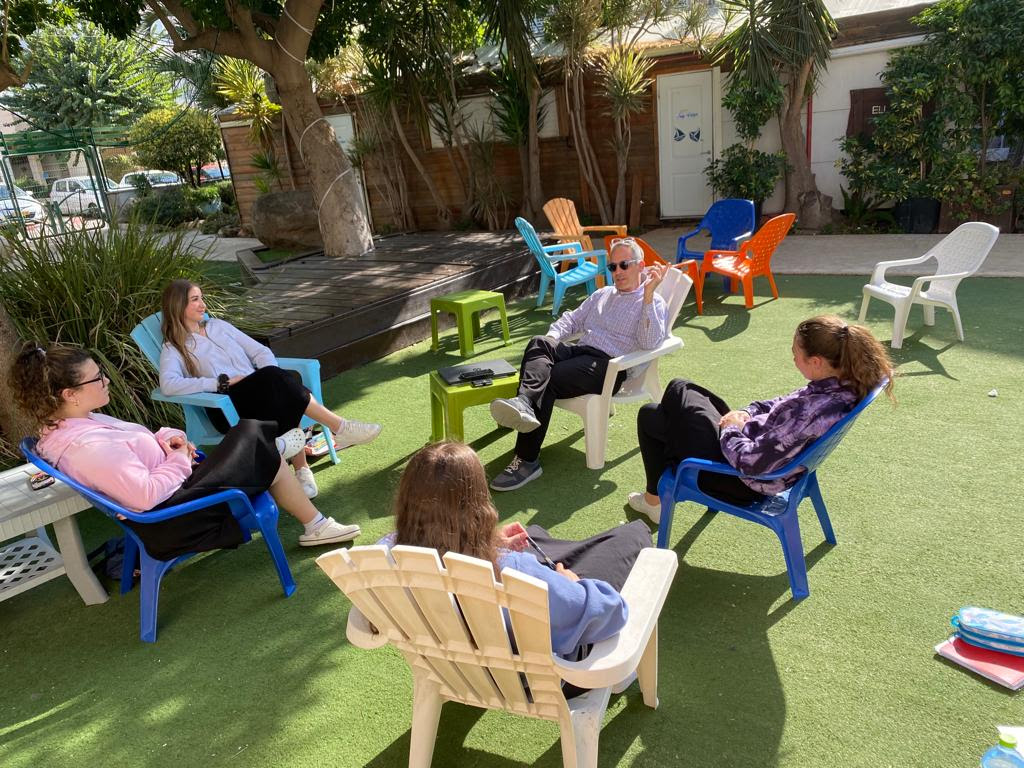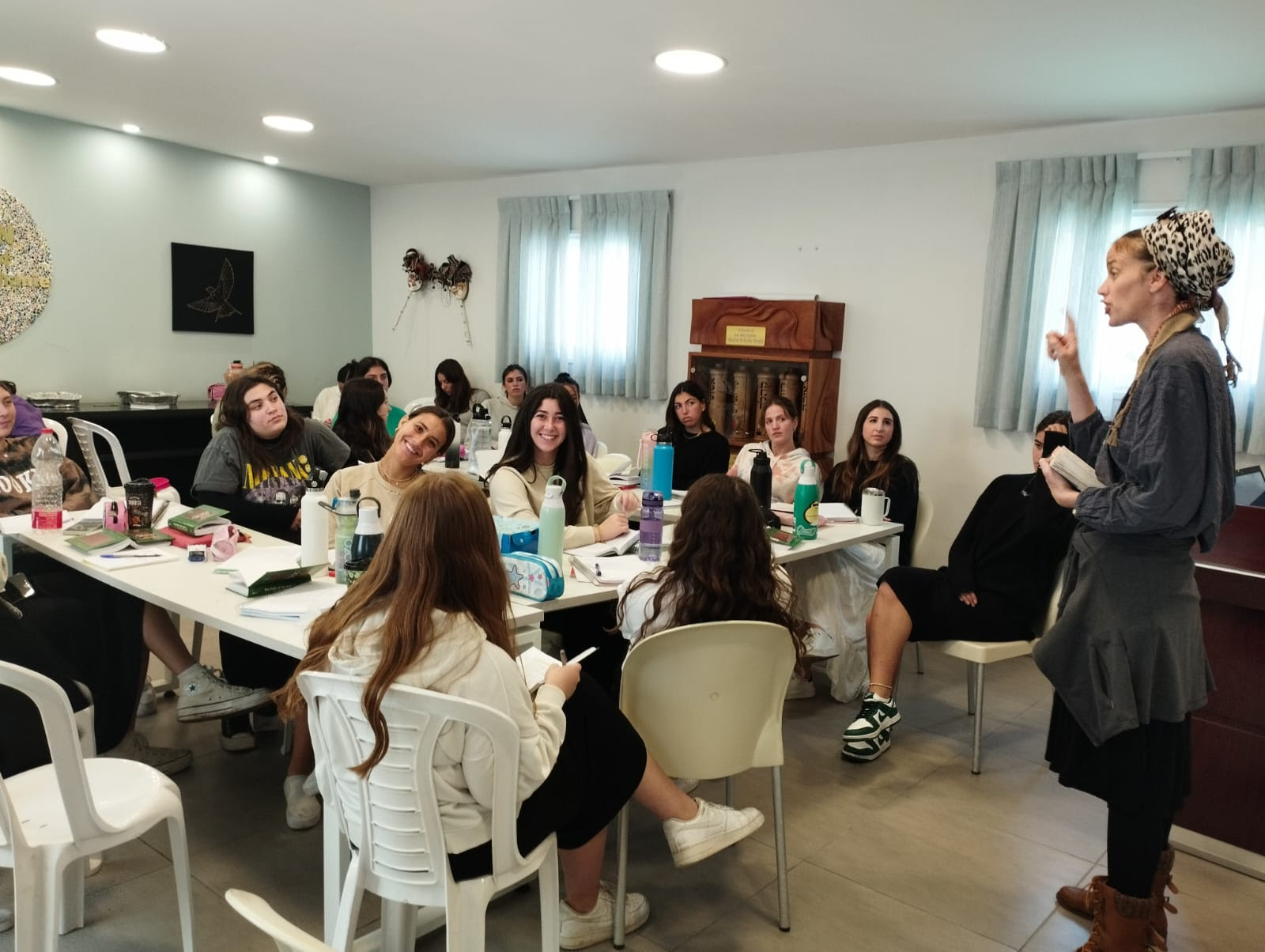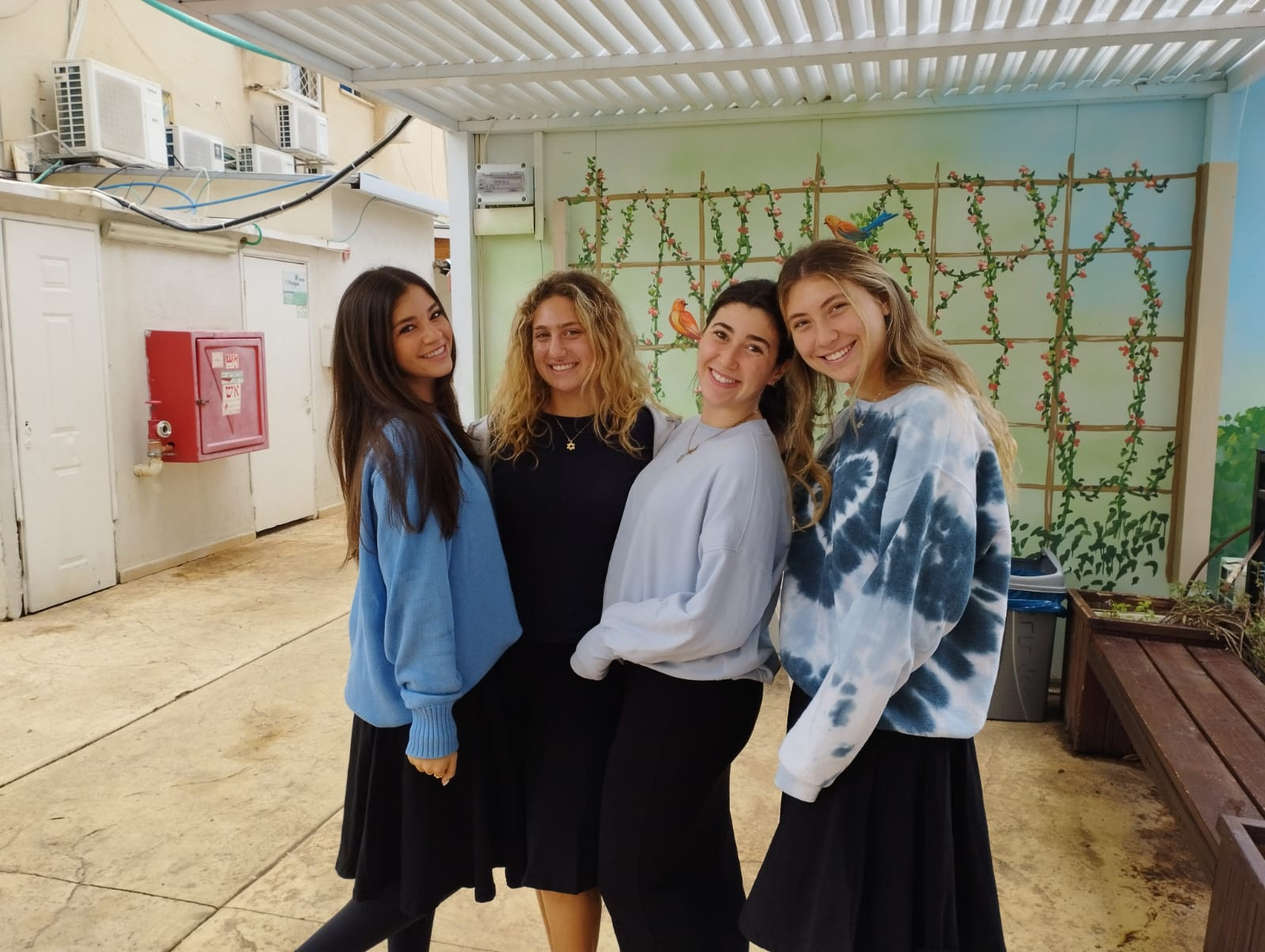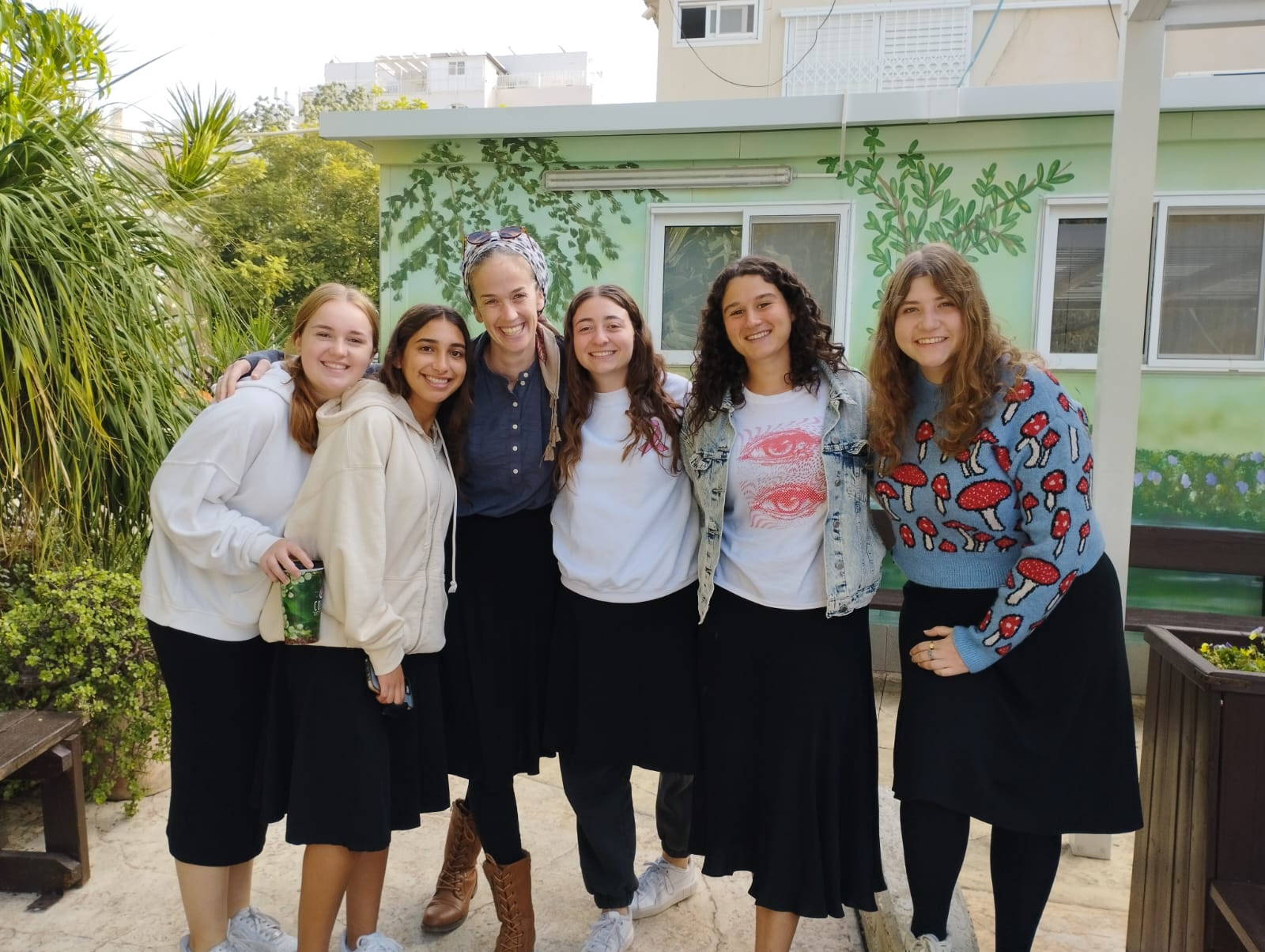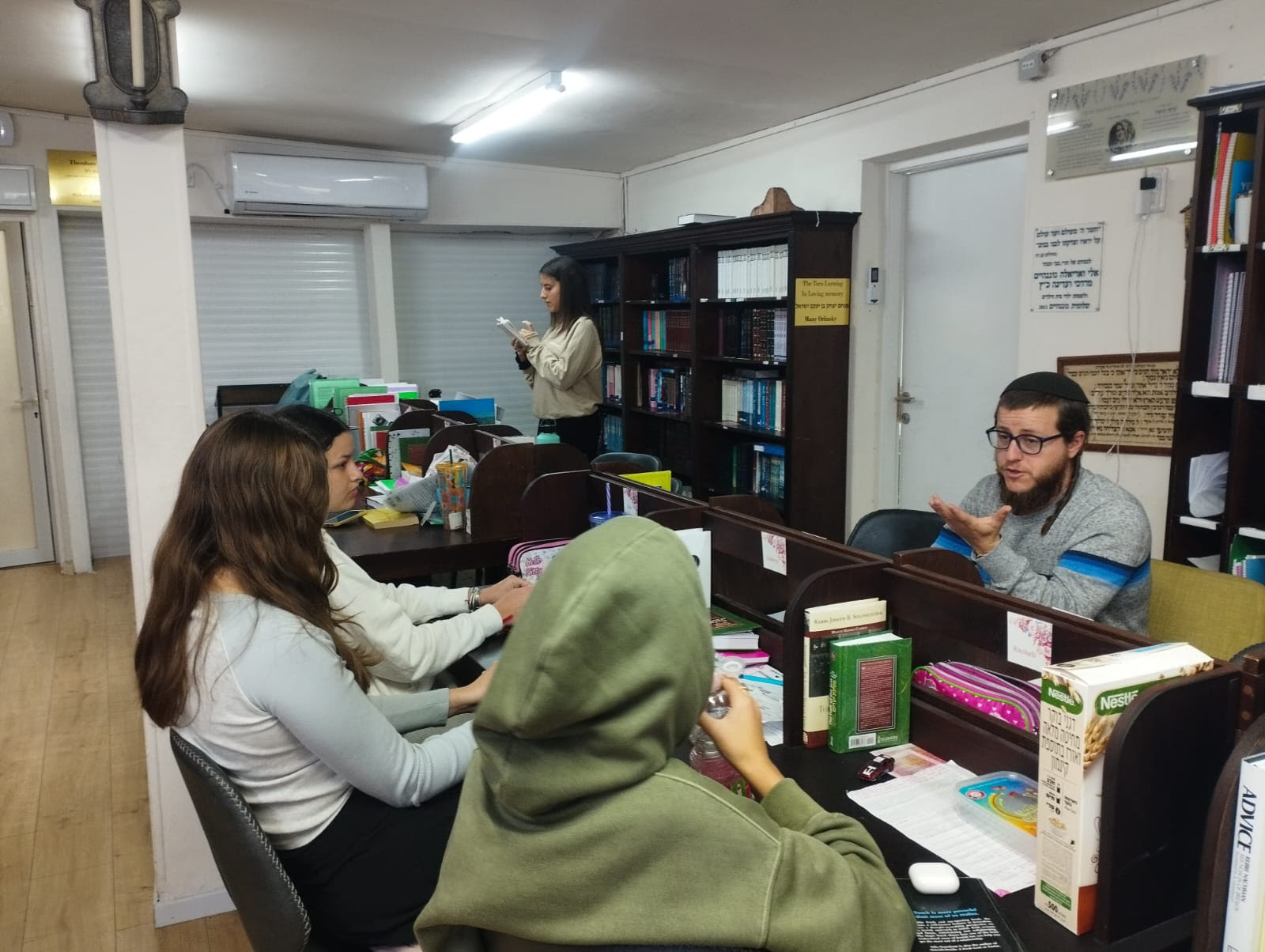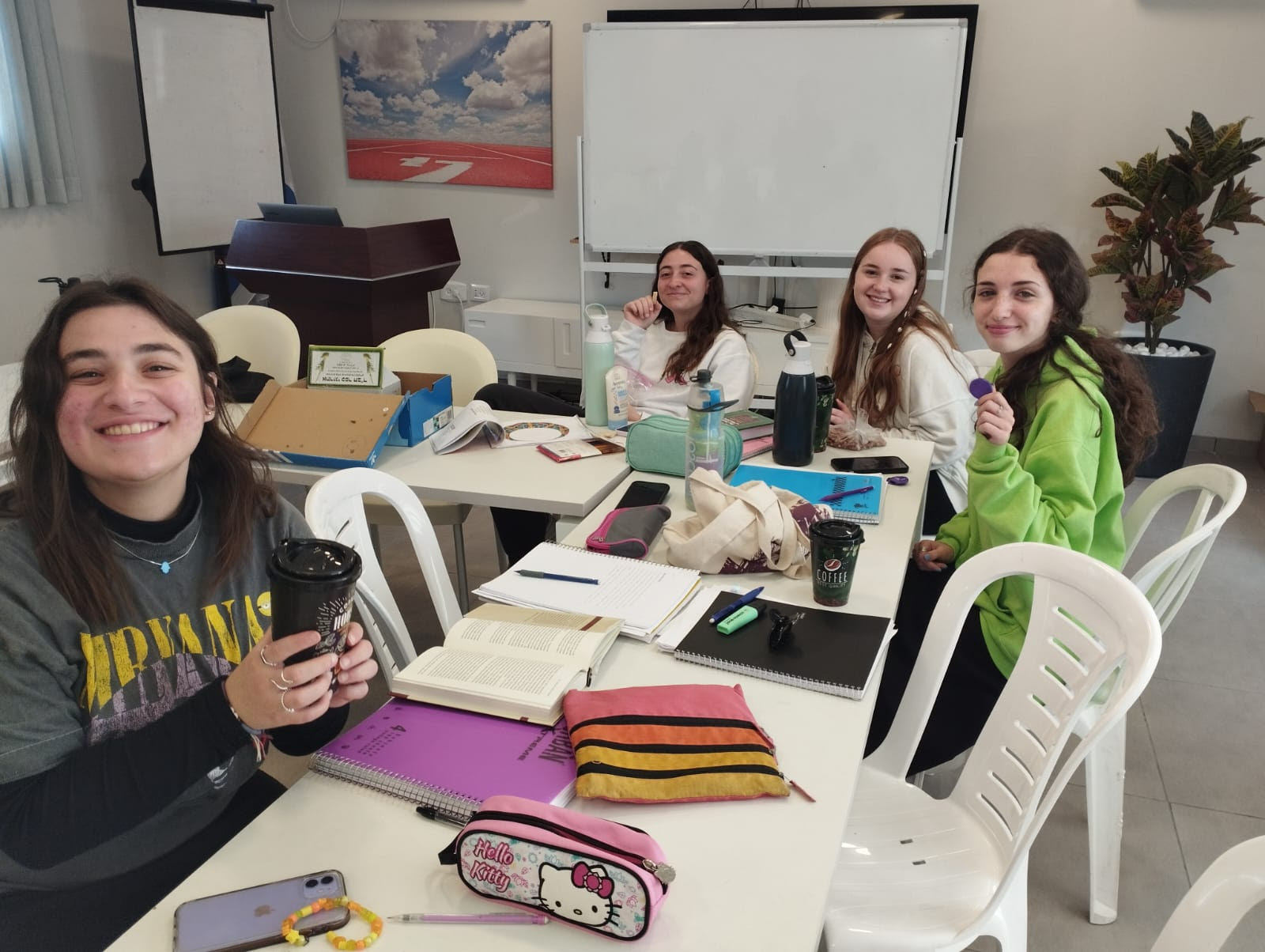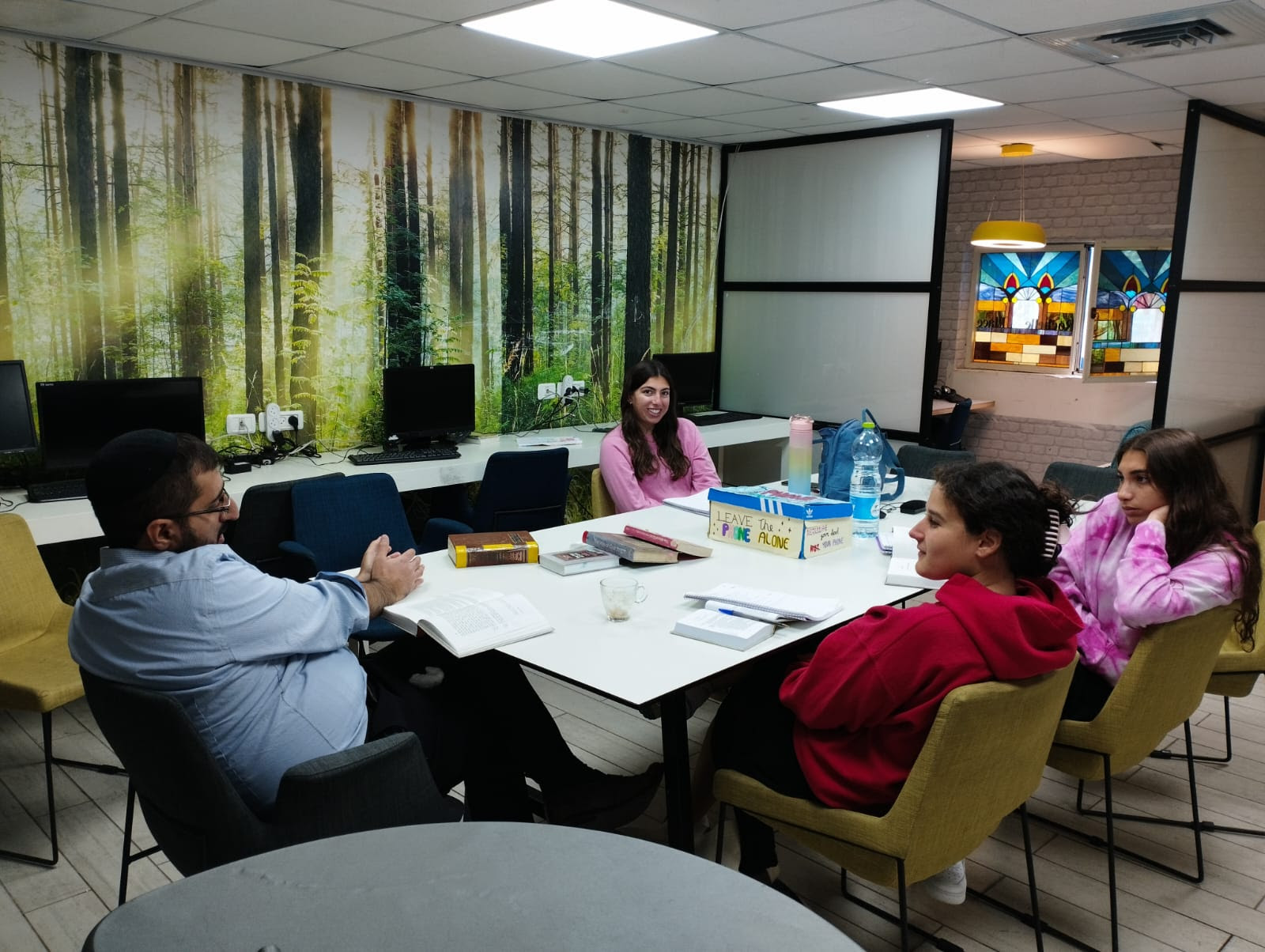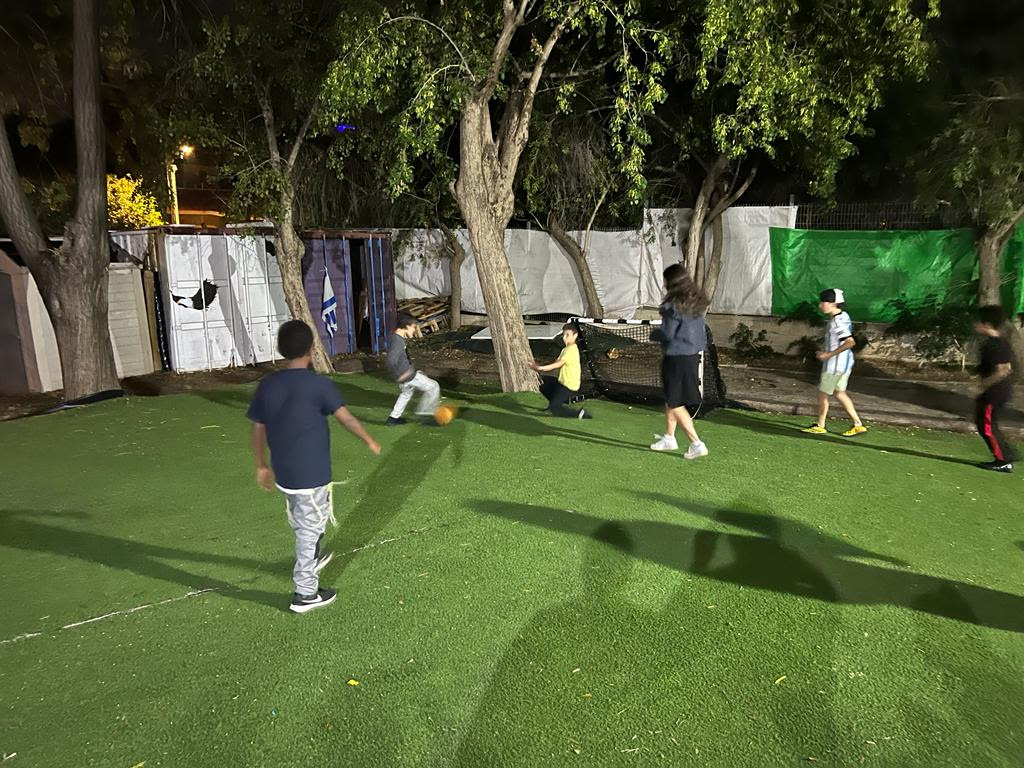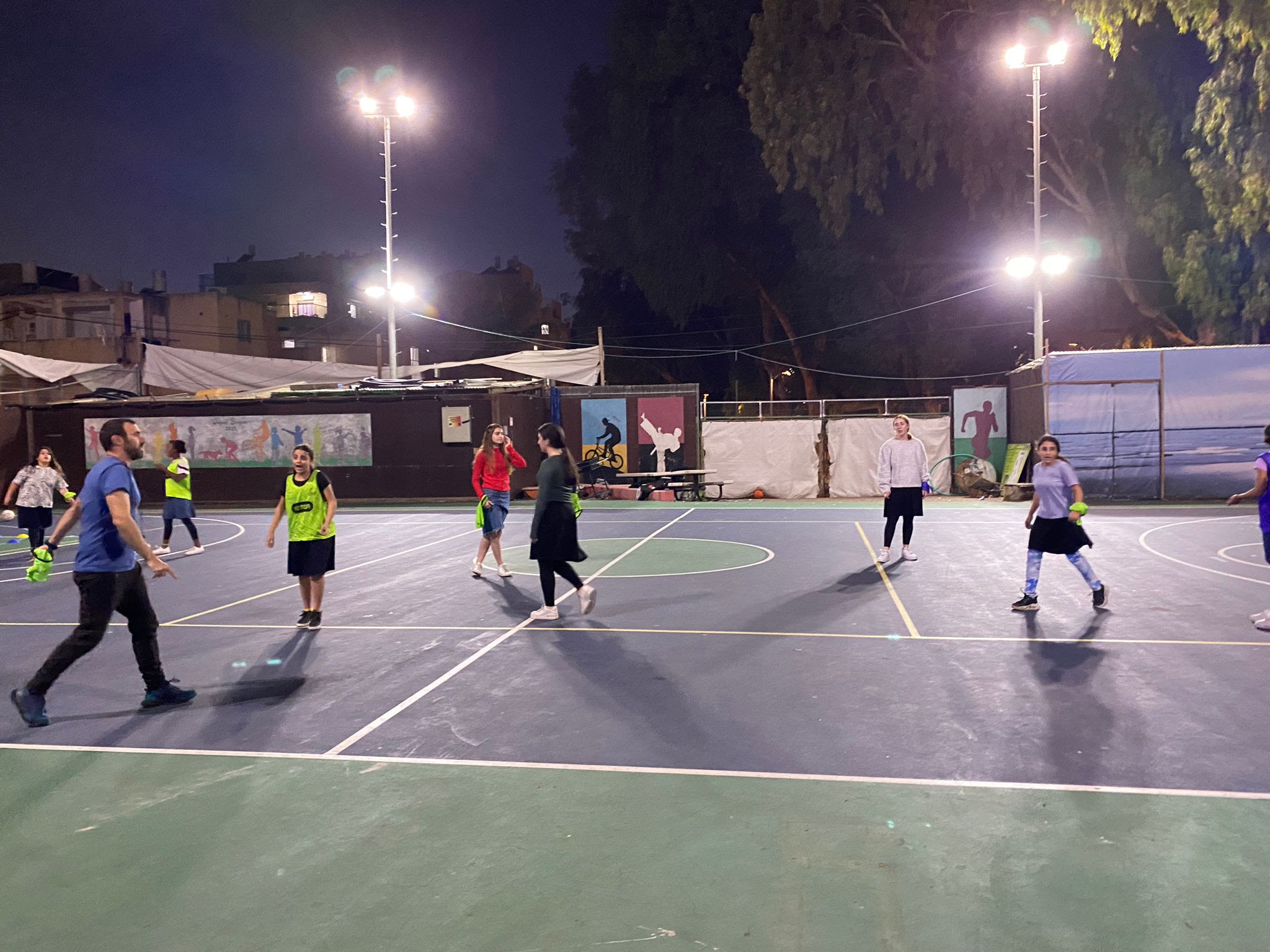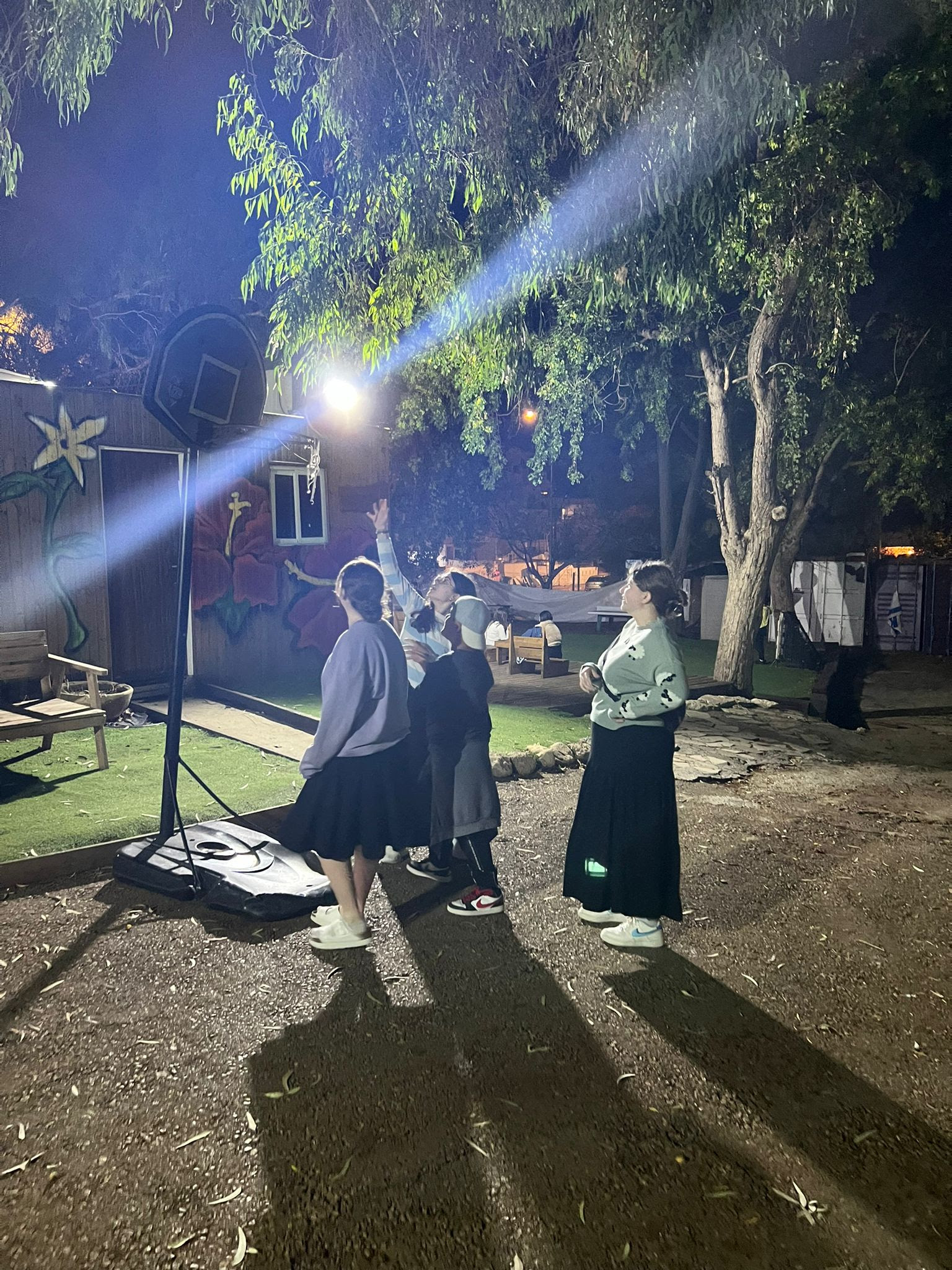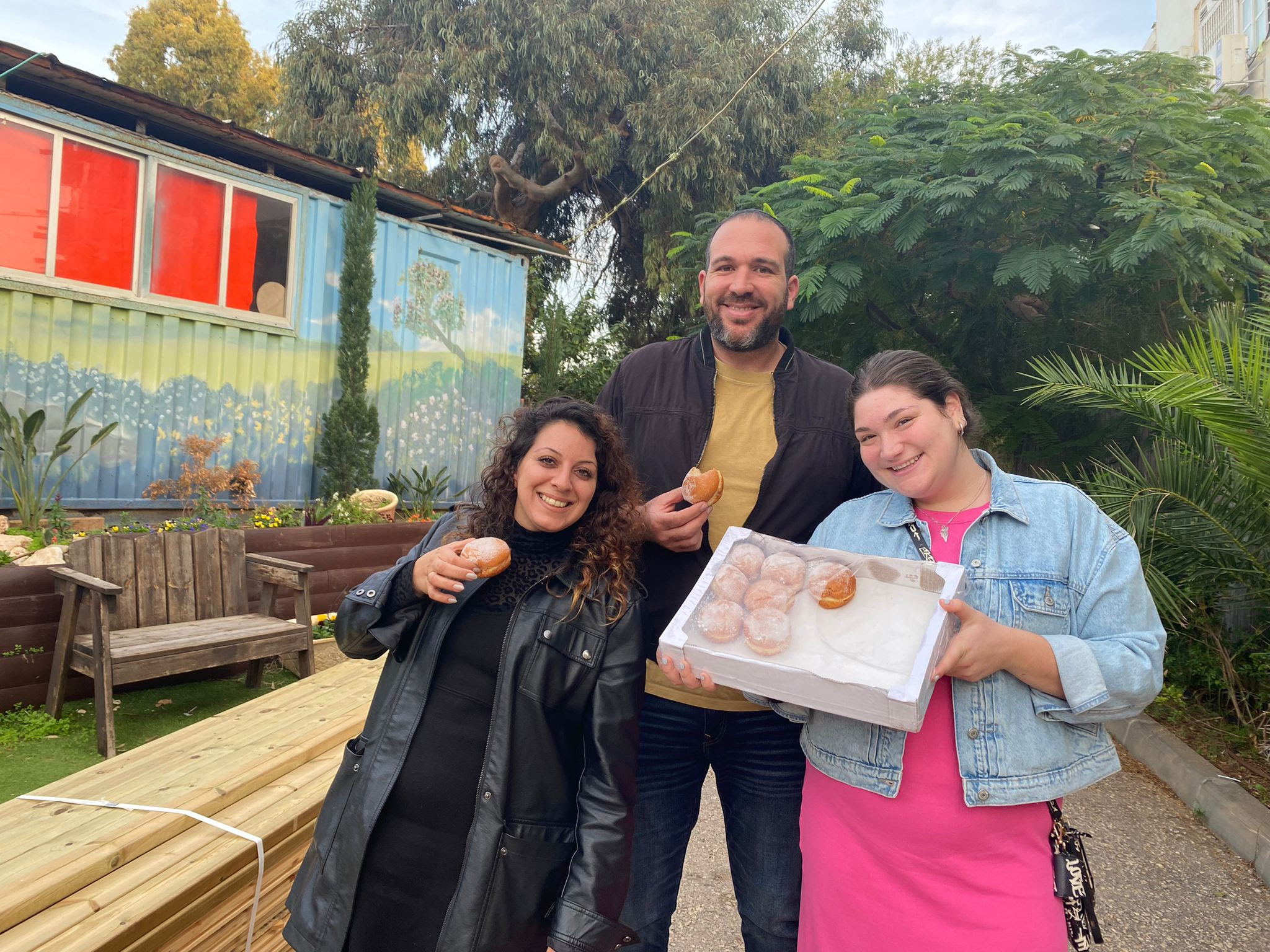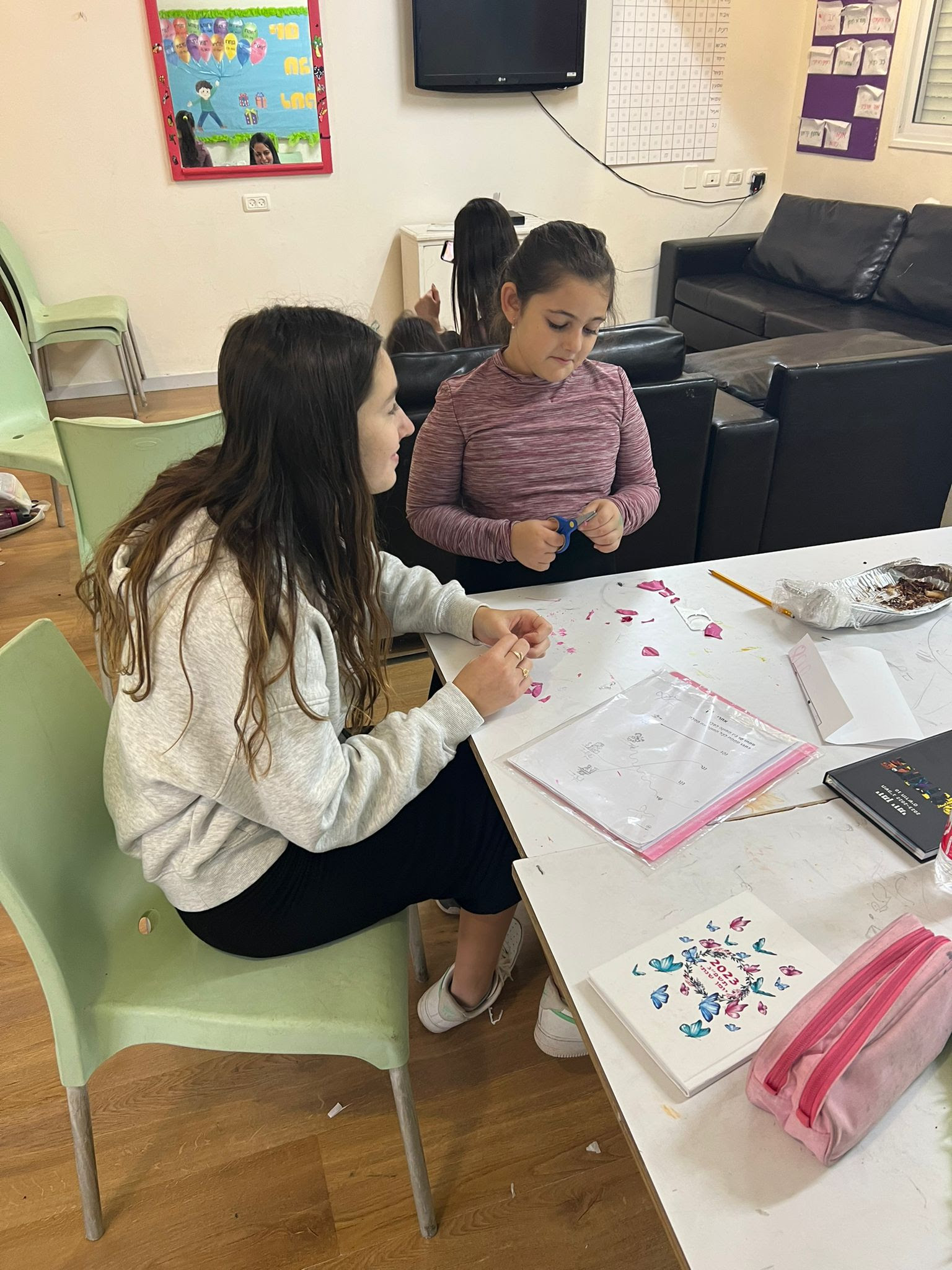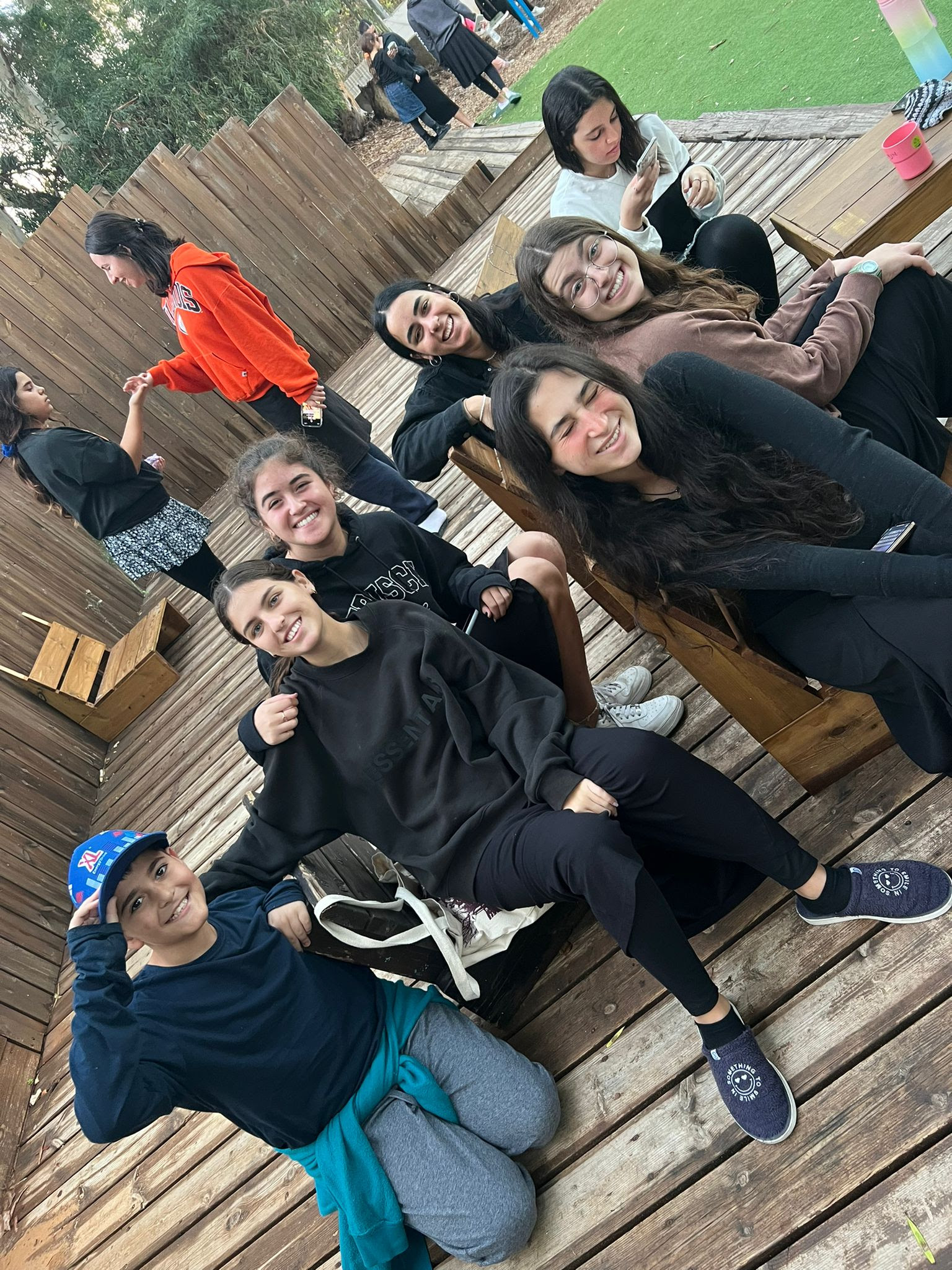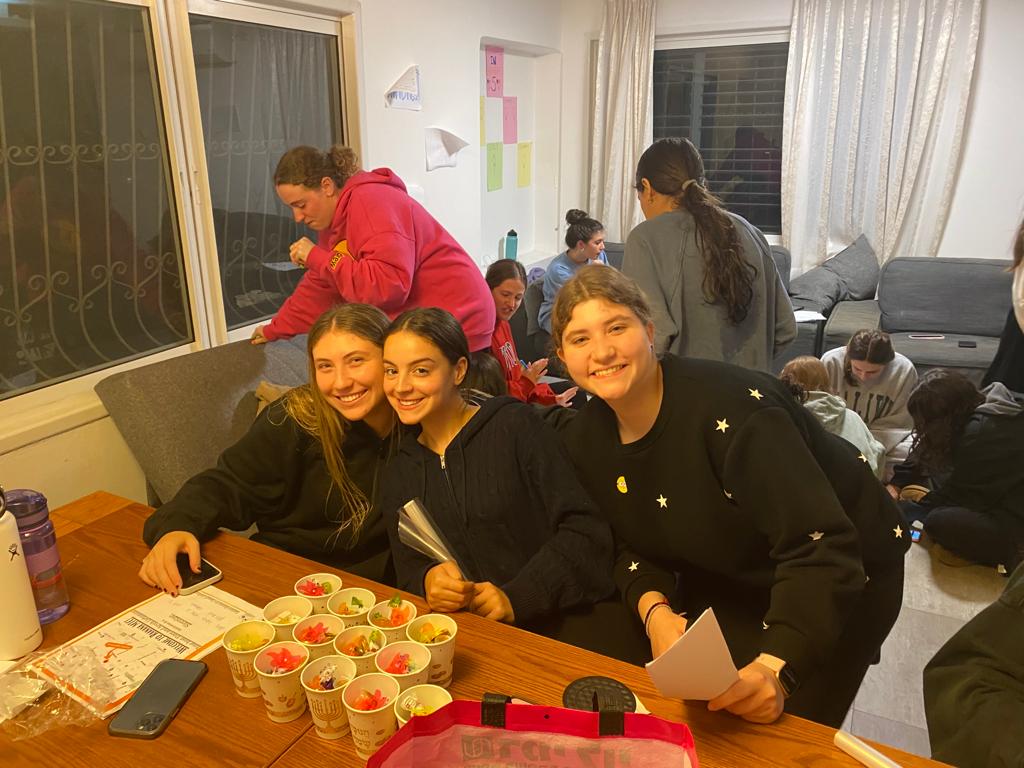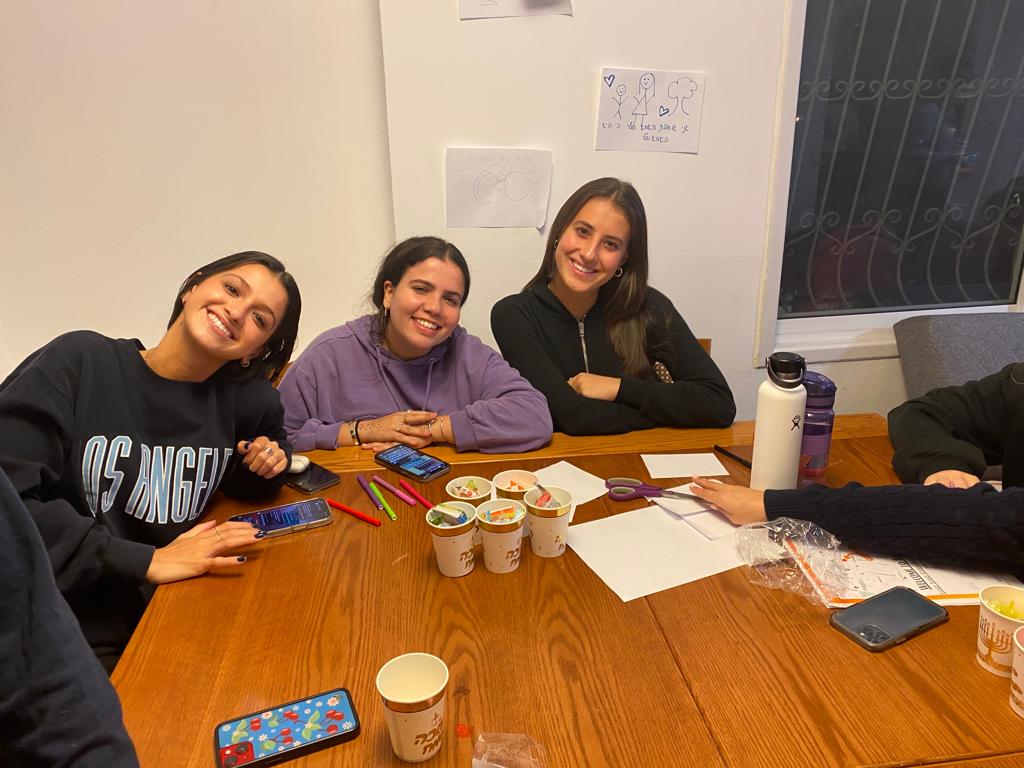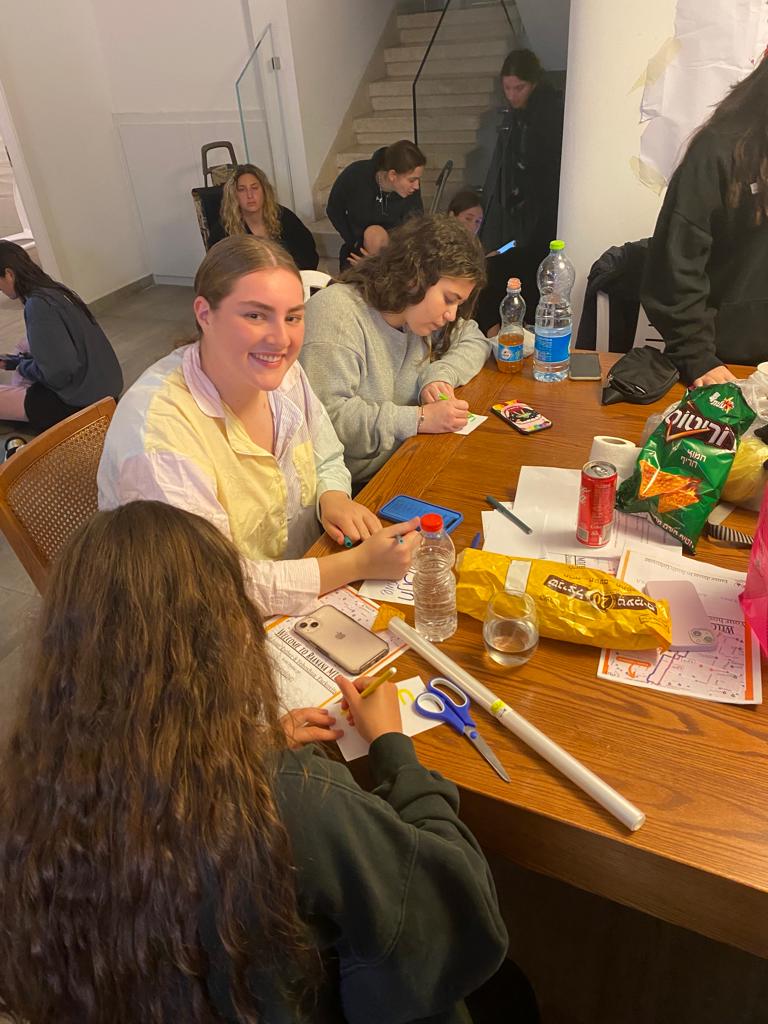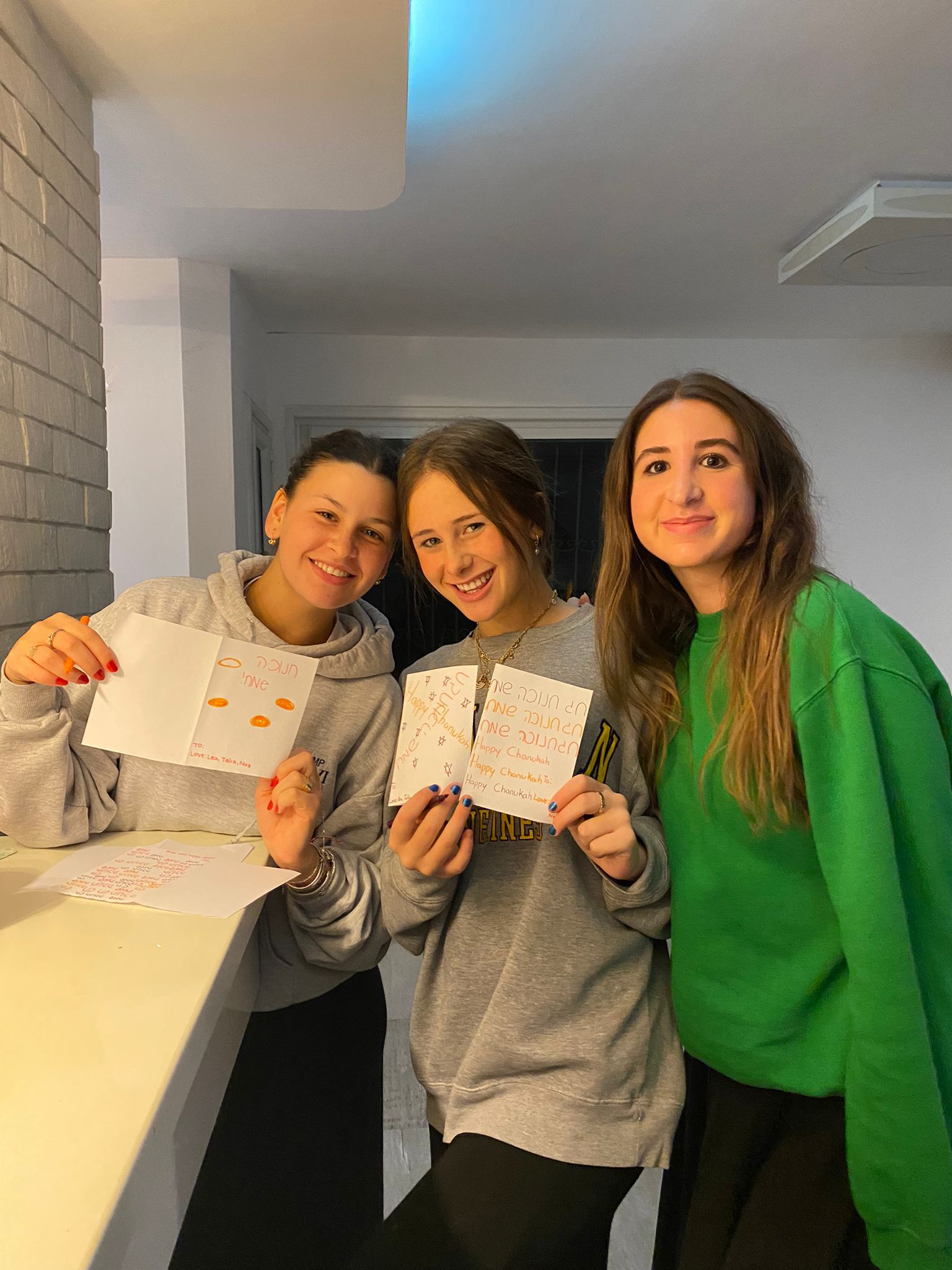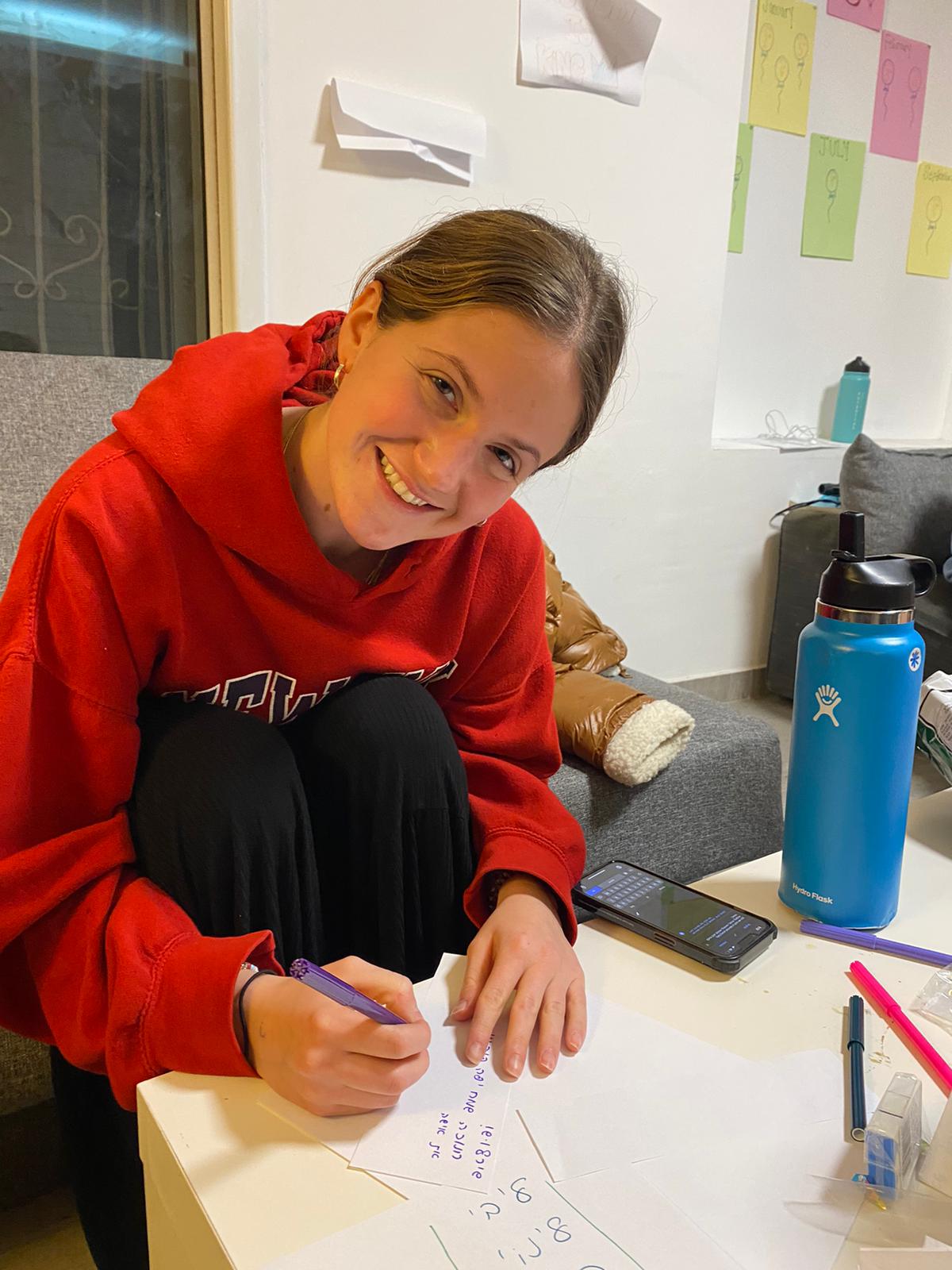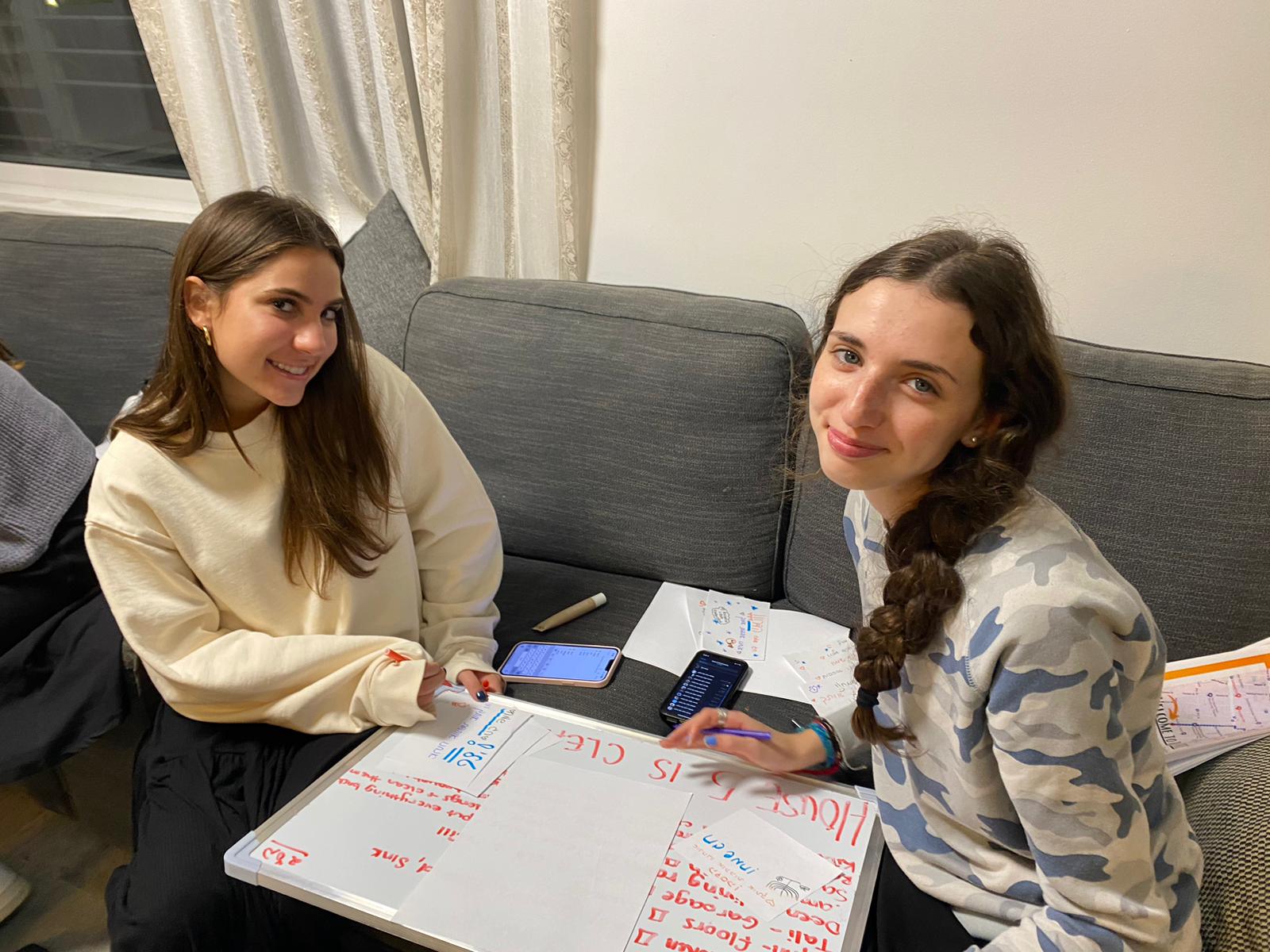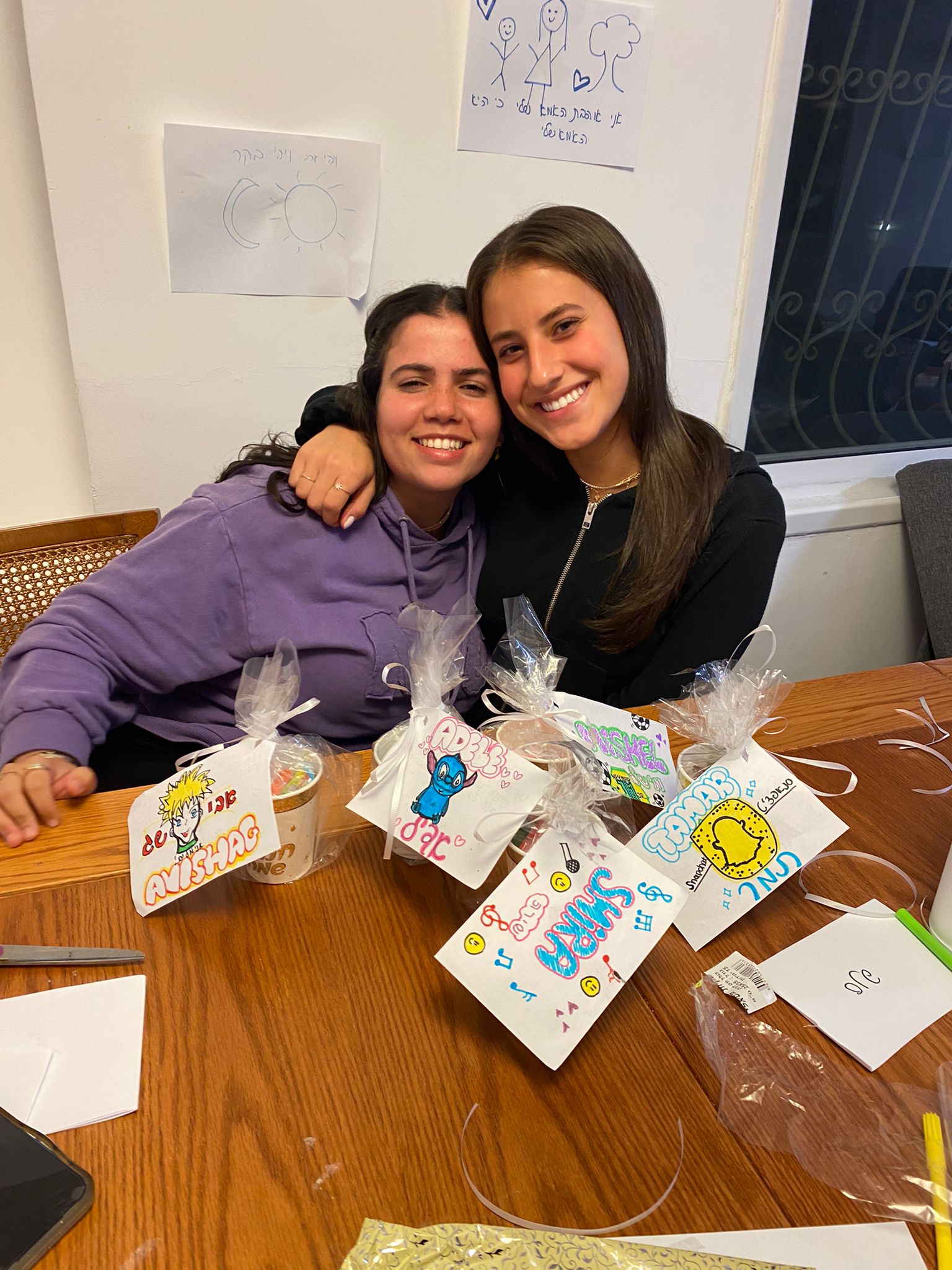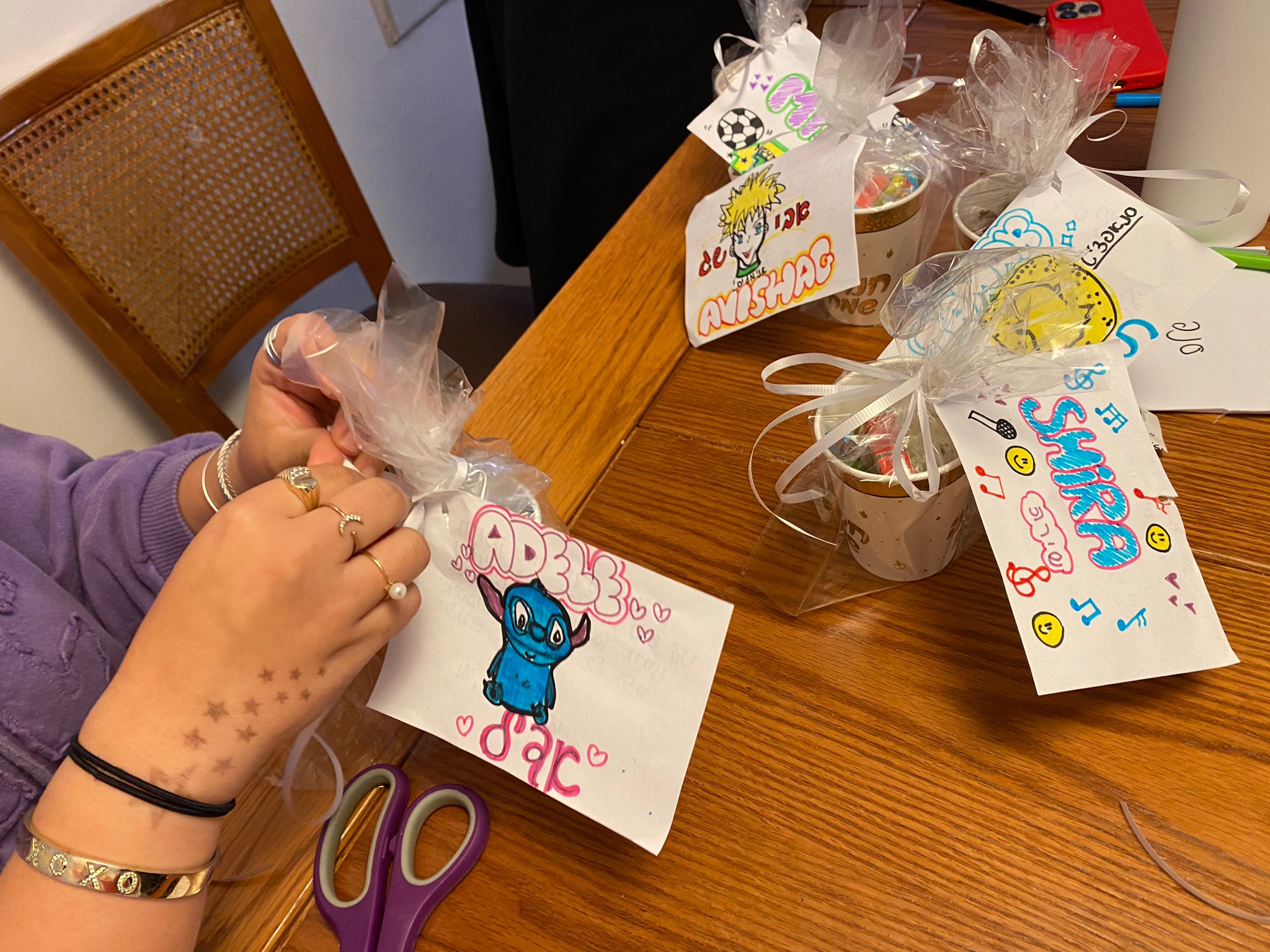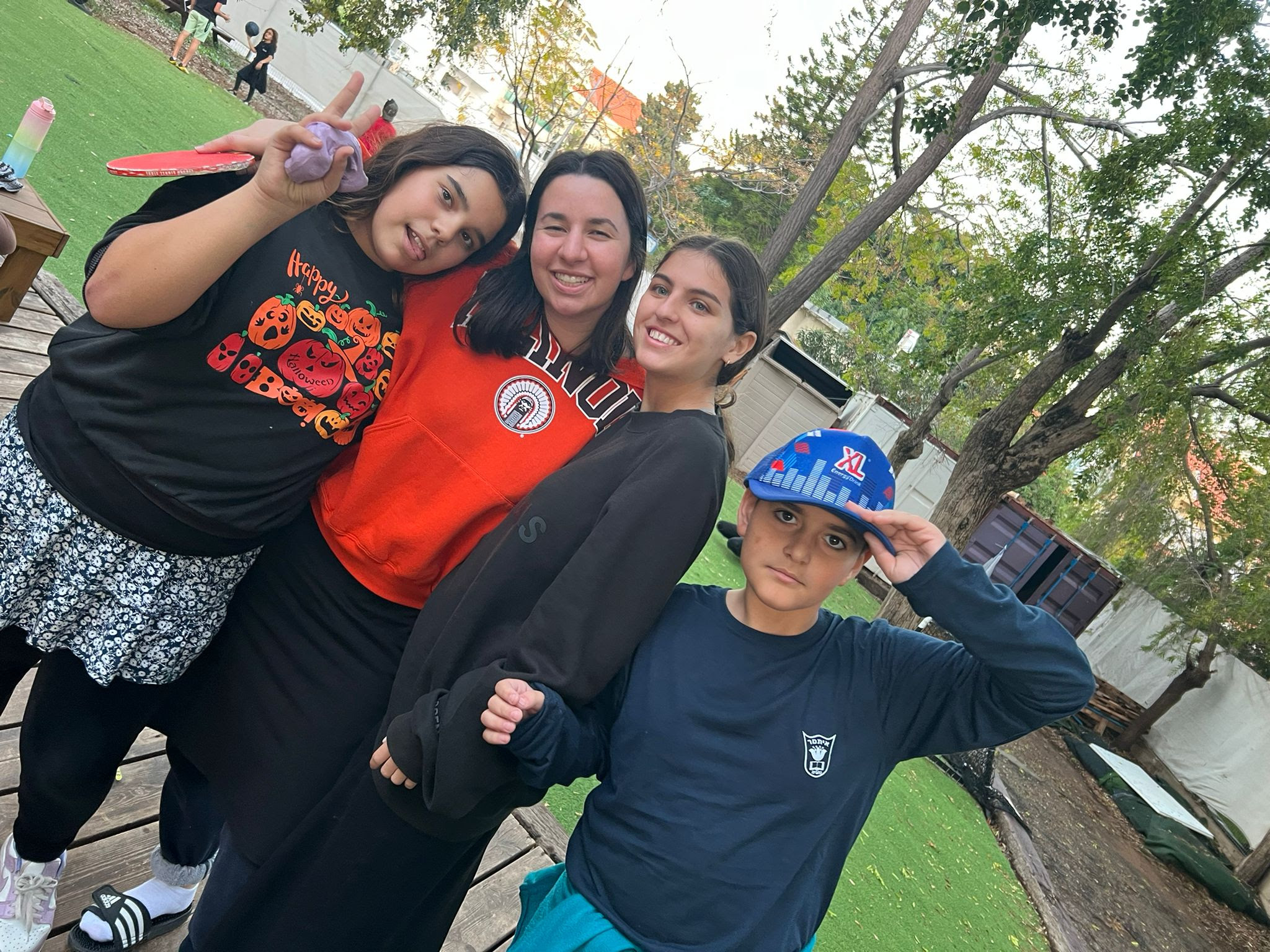
16 Dec MTC Highlights: Parshat Vayeshev

Lani Margolias - Educator
Parshat Vayeshev
Studies show that over 70% of teens are not happy with the way they look, and that percentage increases as they get older, especially with women. When did looks and the emphasis on appearances become a focus in our society? The truth is, that this culture was sparked by the Ancient Greeks.
But doesn’t Judaism value beauty and hold it in high esteem?
In this week’s portion, the Torah describes Yosef as someone who had “handsome features and a beautiful complexion. “It speaks of the beauty of our Matriarchs, and delves into the physical beauty of both the Tabernacle and the Temple. There is also the concept of performing commandments with added beauty, and we go to great lengths to beautify our shuls, and our Shabbat and holiday tables. Why was there such strong opposition within Judaism towards the Greek culture?
The answer lies in the difference between the source of beauty within Judaism and the Greek culture. The Greek’s ultimate value was beauty, in all forms – art, the human physique, an aesthetic environment. They spread their philosophy all over the world, yet when they reached Israel, they were met with incredible resistance, resulting in the battle of Chanukah.
This was a battle between beauty and holiness. The Greeks saw holiness in beauty while the Jews saw beauty in holiness. Beauty is found in harmony and symmetry. The Greeks valued the breathtaking harmony displayed in physical beauty, but they failed to see the deeper spiritual dimension that transcends this world. Judaism however, views the ultimate beauty as the harmony between the physical and spiritual worlds. We appreciate physical beauty not as a value in it of itself, but rather when it’s used to enhance the holy.
In fact, the Hebrew word for the Greece is Yavan, יון.When you write it out, the word is actually very beautiful and symmetrical. A short line then a longer one and a longer one. However, at the same time, these are the only three letters in the Hebrew alphabet that don’t have any depth to them. Ultimately there is something superficial about its beauty. However, if you take the Hebrew letter that represents righteousness and values, the letter tzadik, and place it in front of the word yavan, what does it spell? Zion, ציון.
This is the difference between the Jewish definition of beauty and theirs. We value beauty! Jerusalem and the Temple were breath-taking in their beauty. But it’s a beauty used to connect to higher values, to meaning and spirituality.
The Jewish people won the battle on Chanukah over 2,000 years ago, but the war continues today. There are billion-dollar industries telling our children what they should look like and what ‘s considered beautiful. Their self-image is constantly in question, because they just can’t compete with the billboards and the unrealistic standards placed on them.
Chanukah is the time to teach our family and the world the true definition of beauty. Looking good doesn’t necessarily mean that you are a beautiful person. Leading a life full of meaning, purpose and values, that’s what real beauty is all about. This Chanukah let your family and friends know how beautiful they really are, and let your inner light shine and celebrate what’s truly beautiful.
Shabbat Shalom and Chanuka Sameach!
Student Reflection
Hannah Halberstadt - Thornhill, ON -Ulpanat Orot, ON
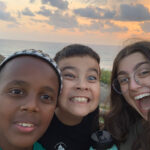
This week we came off of such a high from our trip to Eilat!
We started the trip by going to Ben Gurion’s Kever where our amazing tour guide, Ariel taught us about Ben Gurion’s story and showed us the incredible view. We then went on a beautiful nature hike and davened mincha looking out at the stunning Mitzpeh Ramon. Our madrichot prepared a fun game and then we were off to bed! The next day we climbed Har Tzfachot, learnt about Um Rashrash, went to water sports and ended the day with tons of free time to explore Eilat. We got to walk around the ice mall and the boardwalk!
For our final day we went through the red canyon and went jeeping in the machtesh! We talked about how the machtesh (crater) was formed over time and then were given time to do hitbodedut (a Chassidic practice that allows you to connect to G-d). On the drive back we got sent videos from our kids saying that they missed us and hoped we had an amazing trip which was the most heart-warming surprise!
Although it was such an amazing trip I couldn’t wait to get back to my kids. We played running games, drew, played soccer, danced, sang and talked. The end of the day ended in a crazy tickle fight and hugs.
Today we celebrated Nehori’s 10th birthday, one of my boys! We all sat in a circle and played pass the package. There were questions about the birthday boy and fun tasks to do that they all loved! In the end everyone won a whistle and we returned to our group’s room to eat cake and other treats. It was so hard to say bye to them at the end of the day especially when they hold on to me and say they want me to stay with them.
Another highlight of my week was the learning. We learnt about Kohelet, 13 Principles of Faith, Hilchot Shabbat, Birchot Hashachar, Holocaust to Redemption, Ripped from the headlines and more. I particularly love my Bais slots, which let me learn things on my own or have Chavrutot.
The classes in the morning make me feel inspired, especially when we have open discussions about questions we have. I also enjoy night seder where we reconvene at night to end the day after the kids with learning or a special activity.
This week in preparation for Chanukkah one night we are making Chanukkah gifts for our kids!
I love all the amazing experiences I am fortunate to have here in MTC. Netanya is beautiful, the kids are exceptional, and the classes are meaningful. I can’t wait for the rest of my year here!


